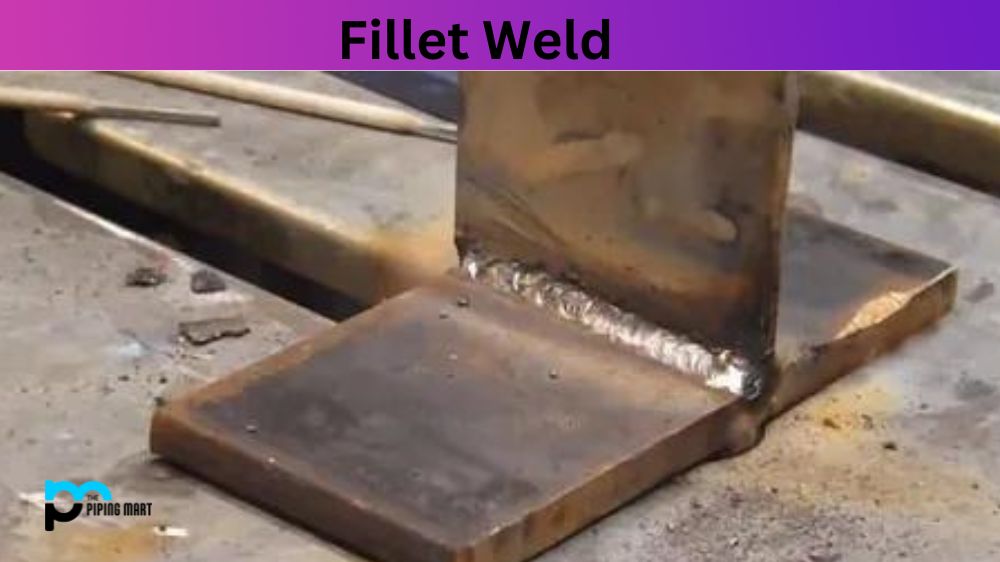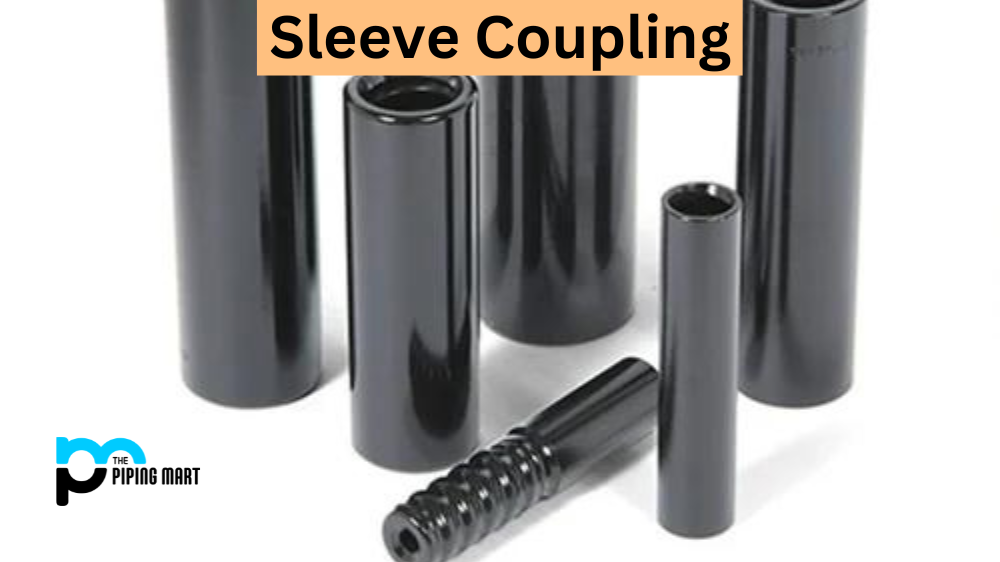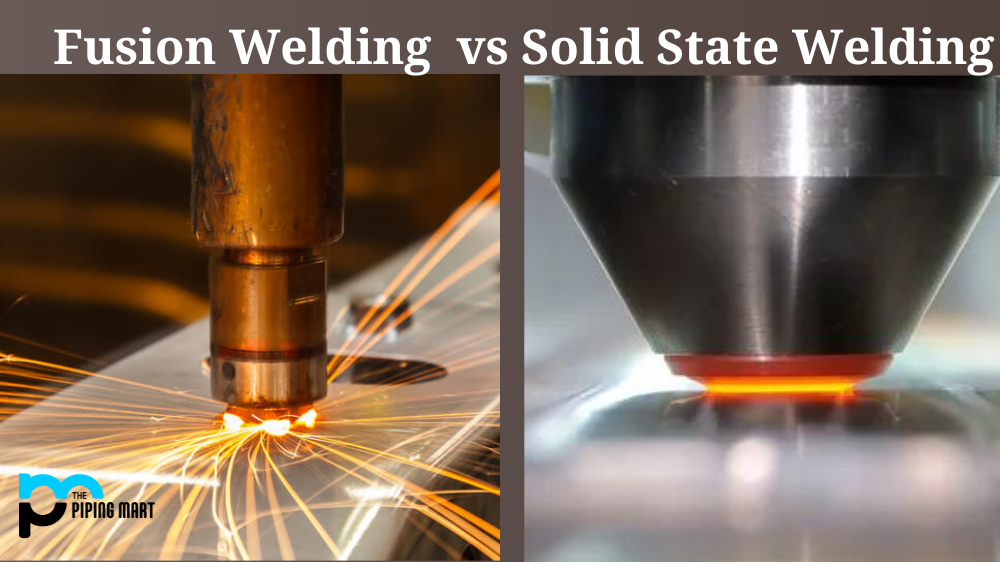Welding is an essential process in modern engineering, and fillet welds are one of the most common types. These types of welds are used in various industries, including construction, automotive, and aerospace, and join two metal components at an angle. This post will discuss what fillet welds are, their properties, composition, and uses.
What is Fillet Weld?
A fillet weld is a type of weld used to join two metal components at an angle. Fillet welds are commonly used in applications requiring a strong, permanent joint. The fillet weld is a triangular-shaped weld attached to the surface of the metal components to be joined. This type of weld is typically used for joint strength rather than appearance.
Fillet Welds Properties:
Fillet welds have several properties that make them valuable in modern engineering. Firstly, they are strong, permanent joints due to their triangular shape. This shape provides superior tensile, shear, and compressive strength compared to other types of joints. Secondly, fillet welds are versatile and can be used in various applications. They are also cost-effective, and their fabrication requires less skill and equipment than other welds.
Fillet Welds Composition:
Fillet welds can be made using various welding techniques, including Gas Tungsten Arc Welding (GTAW), Gas Metal Arc Welding (GMAW), and Shielded Metal Arc Welding (SMAW). The welding technique depends on factors such as the type of metal being welded and the operating conditions. Common welding materials for fillet welds include steel, aluminium, and stainless steel.
Uses of Fillet Welds:
As noted earlier, fillet welds are versatile and can be used in various applications. The most common applications of fillet welds include welding two components at a right angle, building metal frames, joining metal sheets, welding metal pipes, and building metal brackets. They are commonly used in construction, automotive, and aerospace industries.
Welding Safety Precautions:
Fillet welding must be performed cautiously to avoid accidents like any other welding process. Some safety precautions that should be taken when performing fillet welding include wearing protective gear such as welding gloves, helmets, and jackets, ensuring the workspace is well ventilated, and using welding shields to protect others in the same workspace.
Conclusion:
Fillet welds are essential in modern engineering, and their strength, versatility, and cost-effectiveness make them ideal for various applications. As highlighted, fillet welds have several properties that make them valuable, and their composition and uses depend on factors such as the type of metal being welded and the operating conditions. However, fillet welding can also be hazardous, and adequate safety precautions should be taken to avoid accidents. With this information, you can now appreciate the importance of fillet welds in modern engineering and make informed decisions regarding their use.




